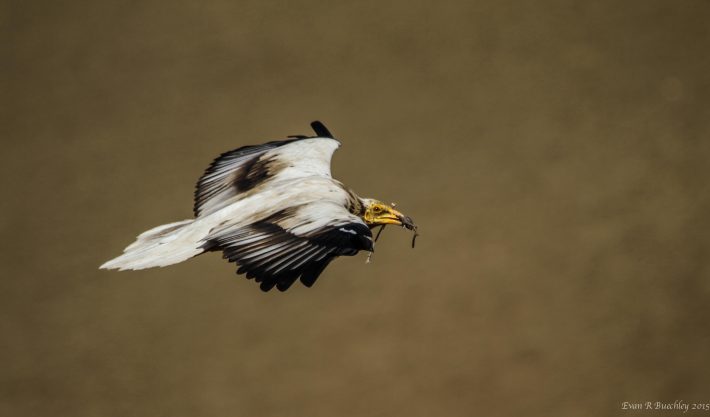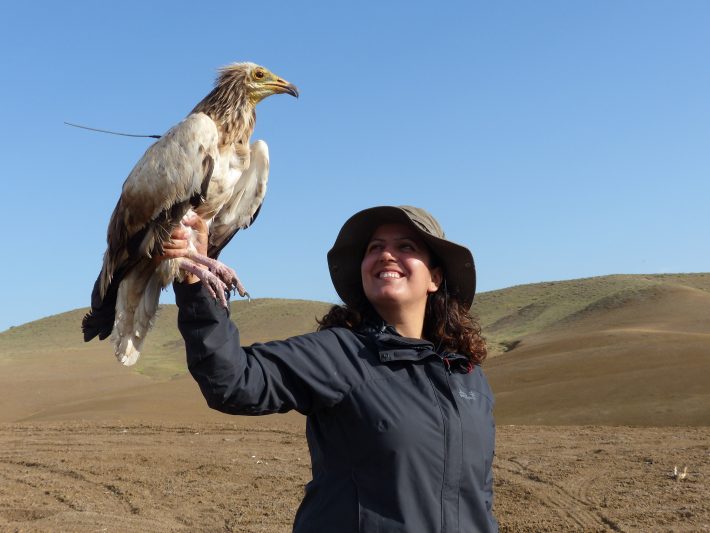Endangered vulture mortality highest in southeastern Europe, largely from human-causes
New research from a multi-continent tracking study indicates that more Egyptian Vultures are dying in eastern Europe and the Middle East, while faring better in Sub-Saharan Africa, with over 50% of deaths were caused by humans. The findings are published in the Journal of Animal of Ecology.

Declines in migrant bird populations in Europe and North America have often been suggested to be caused by threats in the Global South. However, new research from a multi-continent study tracking the movements of the Egyptian Vulture indicates that the opposite is true. More Egyptian Vultures are dying in eastern Europe and the Middle East while faring better in Sub-Saharan Africa.
Listed as Endangered since 2007, scientists studying Egyptian Vultures have tagged them with remote tracking devices to study their behavior and mortality since the early 2000s. In a new study published this week in the Journal of Animal Ecology, 38 researchers from 12 countries compiled and analyzed satellite-tracking data from projects across Europe, Africa, and the Middle East, enabling them to study the movements and fates of 220 individual Egyptian Vultures.
Population declines of long-distance migratory birds, like Egyptian Vultures, have often been presumed to be a consequence of deteriorating conditions in non-breeding areas. However, the research team led by Evan Buechley, Steffen Oppel, and Ron Efrat, found more mortalities occurred further north. Egyptian Vultures had higher rates of survival in Sub-Saharan Africa compared to southern Europe, the Caucasus, and the Middle East.

Disconcertingly, the researchers also found that roughly half of the deaths for which they could identify the cause were due to humans. These deaths occurred in all regions of the study and were primarily from electrocution or collision with energy infrastructure, direct persecution by humans (e.g. being shot or trapped), and poisoning. Addressing these human-caused threats will be essential for conserving the Endangered Egyptian Vulture and many other migratory species.
“Importantly, the burden of addressing threats to Egyptian Vultures falls on all countries along migratory flyways and the blame for declines cannot be placed on the Global South”, says Buechley of HawkWatch International.
The study also used the tracking data to address fundamental questions in ecology, such as whether it is worthwhile for migratory birds to travel vast distances over hostile terrain to reach more favorable conditions during the winter months.
The researchers’ findings provide evidence for the long-held theoretical predictions that there is a large cost associated with long-distance migration. But there are expected to be significant benefits to migrating, as well, including, perhaps, increased breeding productivity at higher latitudes. Further research is necessary to evaluate the full balance of life-history trade-offs in this endangered species.
You can read the article in full, for free here:
https://besjournals.onlinelibrary.wiley.com/doi/10.1111/1365-2656.13449
Like what we stand for?
Support our mission and help develop the next generation of ecologists by donating to the British Ecological Society.